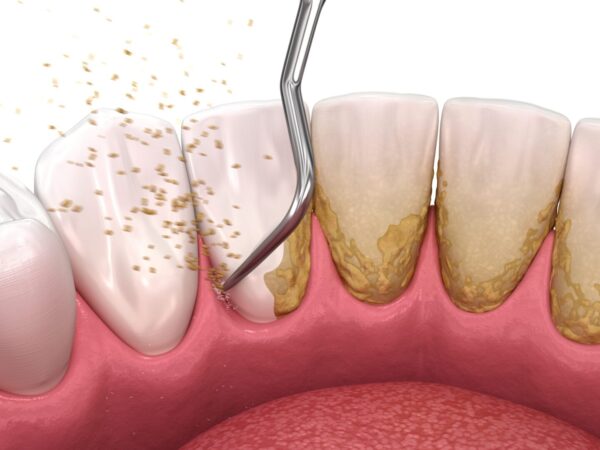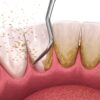

Embark on a transformative journey with our exceptional range of medical treatments. As a leading medical tour operator, we offer a comprehensive selection of world-class treatments and procedures to address your unique healthcare needs. From advanced surgeries to cutting-edge therapies, our team of experienced professionals is dedicated to providing top-notch care and ensuring your comfort and satisfaction. Discover a new level of healthcare excellence with our tailored treatment options. Book now to start your journey towards a healthier and happier you.
An implant-supported bridge is a dental restoration that replaces multiple missing teeth. It is supported by dental implants, which are surgically placed into the jawbone to provide a stable foundation for the bridge. This type of bridge offers a durable and natural-looking solution for restoring the function and aesthetics of the smile.
The procedure for getting an implant-supported bridge typically involves the following steps:
An implant-supported bridge is suitable for individuals who have multiple missing teeth and have adequate bone volume and density to support dental implants. It is an excellent option for those seeking a stable and long-lasting solution for tooth replacement.
An implant-supported bridge may not be suitable for individuals with inadequate bone volume or density to support dental implants. Additionally, individuals with certain medical conditions or lifestyle factors that may affect the success of dental implant surgery should consult with a dental professional to determine their suitability for this treatment.
Preoperative care for an implant-supported bridge involves a thorough evaluation of the patient’s oral health, bone density, and overall medical history. Diagnostic imaging, such as X-rays and 3-D scans, is essential for proper treatment planning.
Following the placement of an implant-supported bridge, individuals should carefully follow all post-operative instructions provided by the dental professional. This may include guidelines for oral hygiene, dietary restrictions, and the use of any prescribed medications. Regular follow-up appointments are important to monitor the healing process and the long-term success of the implant-supported bridge.
An implant-supported bridge is a highly effective and stable solution for replacing multiple missing teeth. It offers numerous advantages, including stability, durability, and a natural appearance. Thorough preoperative and postoperative care, along with regular dental visits, are essential for the success and longevity of an implant-supported bridge.
Only logged in customers who have purchased this product may leave a review.
An implant-supported bridge is a dental restoration that replaces multiple missing teeth. It is supported by dental implants, which are surgically placed into the jawbone to provide a stable foundation for the bridge. This type of bridge offers a durable and natural-looking solution for restoring the function and aesthetics of the smile.
The procedure for getting an implant-supported bridge typically involves the following steps:
An implant-supported bridge is suitable for individuals who have multiple missing teeth and have adequate bone volume and density to support dental implants. It is an excellent option for those seeking a stable and long-lasting solution for tooth replacement.
An implant-supported bridge may not be suitable for individuals with inadequate bone volume or density to support dental implants. Additionally, individuals with certain medical conditions or lifestyle factors that may affect the success of dental implant surgery should consult with a dental professional to determine their suitability for this treatment.
Preoperative care for an implant-supported bridge involves a thorough evaluation of the patient’s oral health, bone density, and overall medical history. Diagnostic imaging, such as X-rays and 3-D scans, is essential for proper treatment planning.
Following the placement of an implant-supported bridge, individuals should carefully follow all post-operative instructions provided by the dental professional. This may include guidelines for oral hygiene, dietary restrictions, and the use of any prescribed medications. Regular follow-up appointments are important to monitor the healing process and the long-term success of the implant-supported bridge.
An implant-supported bridge is a highly effective and stable solution for replacing multiple missing teeth. It offers numerous advantages, including stability, durability, and a natural appearance. Thorough preoperative and postoperative care, along with regular dental visits, are essential for the success and longevity of an implant-supported bridge.
There are no reviews yet.
Only logged in customers who have purchased this product may leave a review.
Choosing the right hospital and physician are important factors to consider that significantly influence a patient’s treatment. The preferred choice for many patients is choosing private care.
Choosing the right hospital and physician are important factors to consider that significantly influence a patient’s treatment.
Reviews
There are no reviews yet.